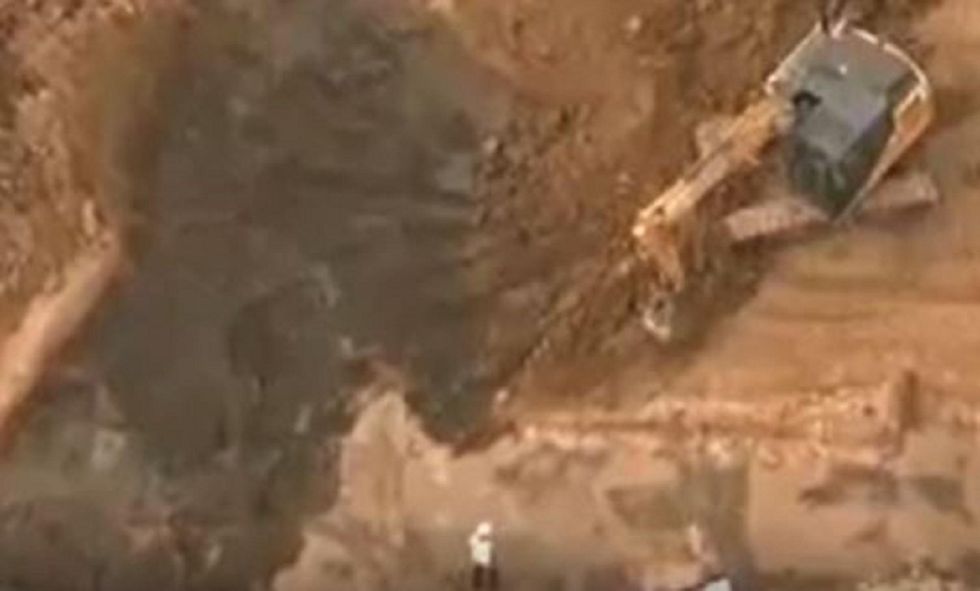
Nearly 100 unmarked graves were found at a construction site in Sugar Land, Texas. Researchers now believe they deceased were prisoners during the Jim Crow era. (Image source: YouTube screencap)

Researchers have unearthed 95 bodies found buried on a construction site in Sugar Land, Texas, which they believe to be the remains of prisoners who died during the Jim Crow era.
The first physical evidence of the unmarked graves was discovered in February as the ground was being excavated for the construction of a new school on the site — where the Imperial State Prison Farm once stood.
The Fort Bend Independent School District hired an archaeologist to oversee the operation and was given a heads up by a man named Reginald Moore, who has researched the area's history of slavery and convict-leasing for decades.
Moore told the Washington Post: "I felt like I had to be a voice for the voiceless."
So when a backhoe operator on the site discovered what he thought to be a human bone, construction was halted and eventually a judge granted permission for the bodies to be exhumed for analysis.
At first, a number of theories were explored about the background of the deceased, but given Sugar Land's history with sugar production and the nature of the burials, most researchers speculated that the bodies were either of prisoners or slaves.
From what researchers have discovered thus far, the theory that the cemetery is made up of people who passed during the convict-leasing era seems plausible. The time frame of the burials is estimated to be between 1887 and 1911. Convict-leasing was outlawed in Texas in 1910.
Of the remains assessed so far, every individual was discovered to be African-American, ranging in age from teenagers to around 70 years old, with builds that exhibited signs of heavy labor. All but one were male.
Bioarcheaologist Catrina Whitley of Goshawk Environmental Consulting Firm told the Houston Chronicle, "With a slave population, I would expect to see children and more women that are buried because that would just be the cemetery for the slave population."
"The fact that right now it's all male but one female really leans us towards [the] interpretation (that they were prisoners)," Whitley said.
Breck Dumas